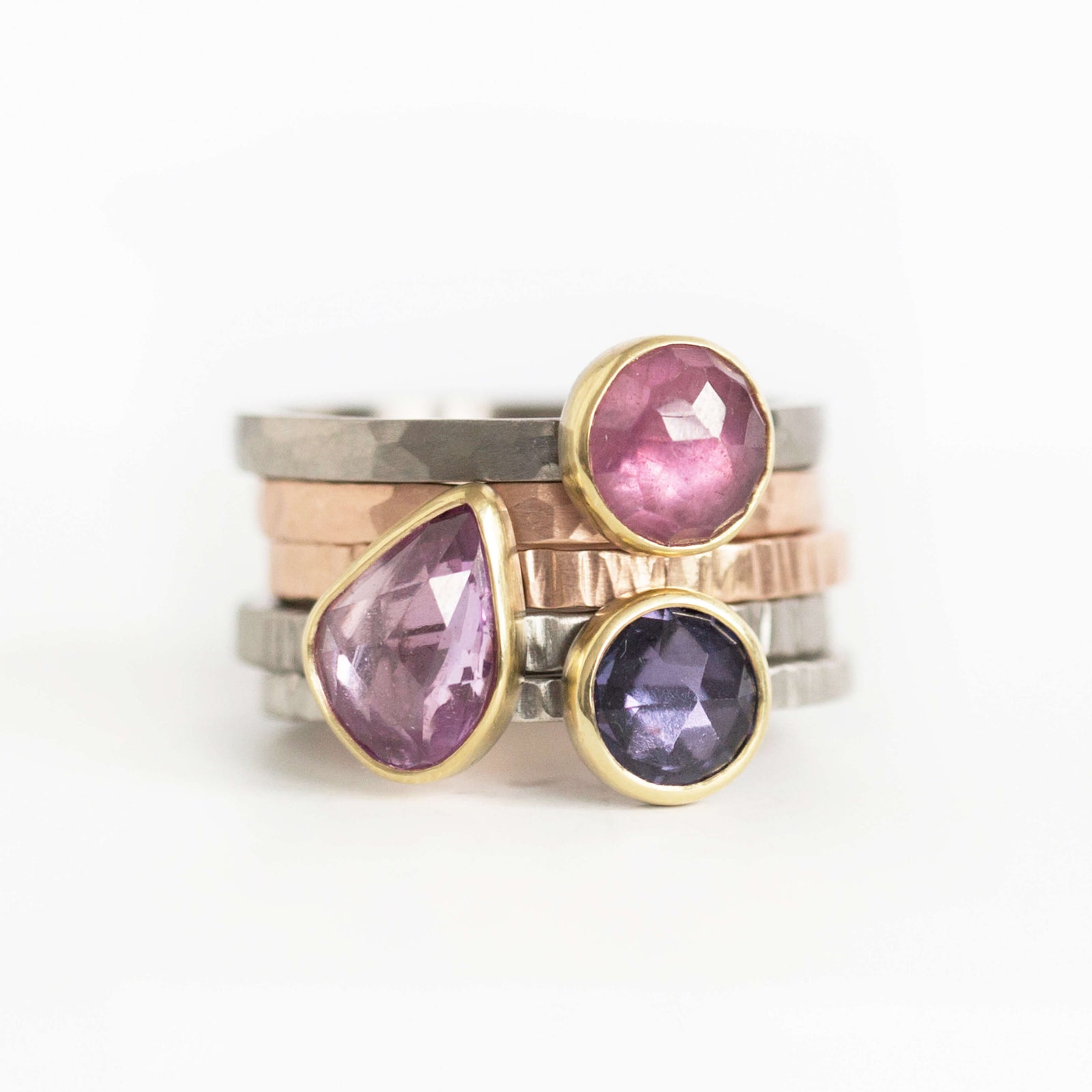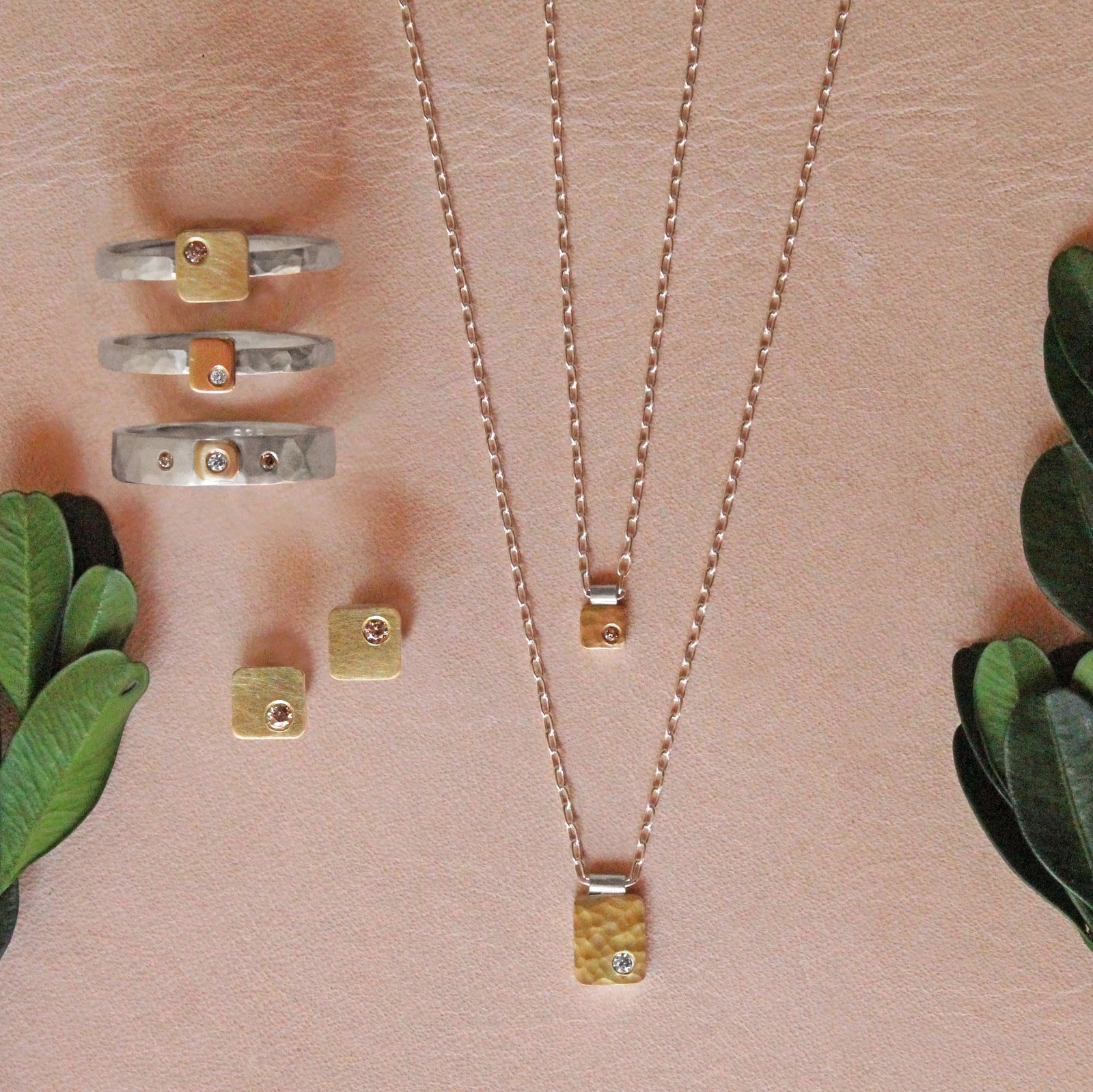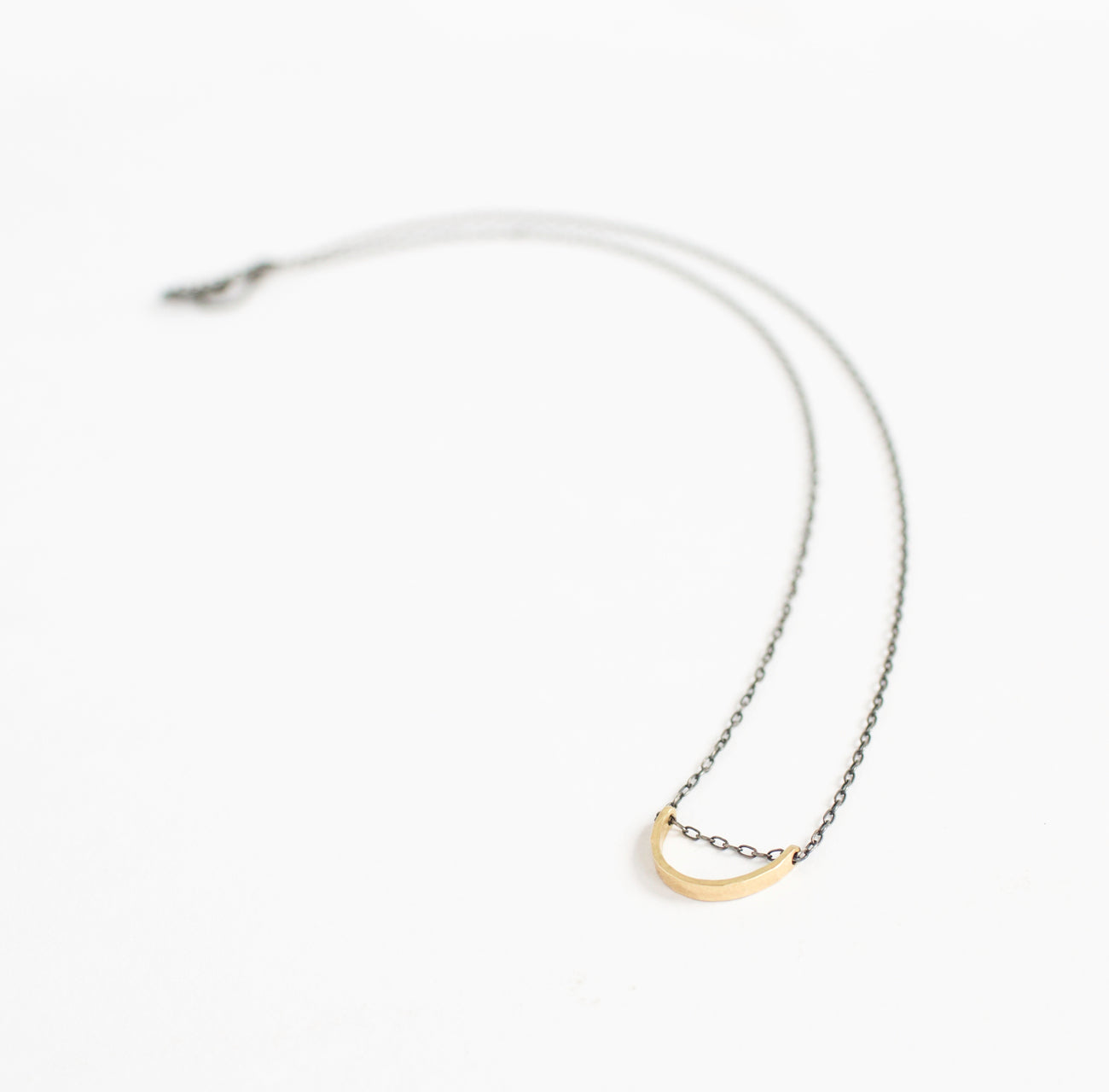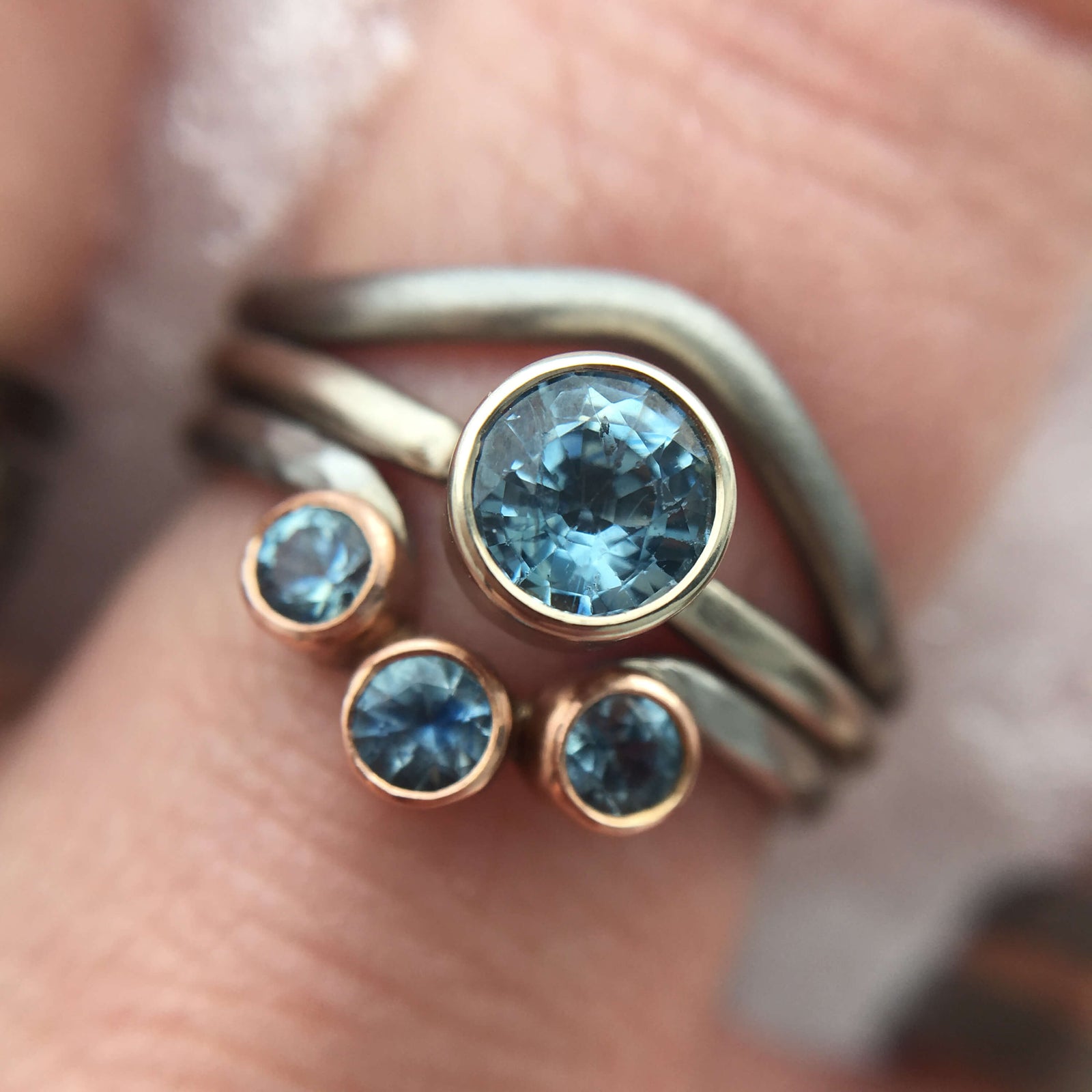Your Cart is Empty
EC Design Studio is open Thursdays 12-5pm and Saturdays 11-4pm
EC Design Studio is open Thursdays 12-5pm and Saturdays 11-4pm
EC Design Studio is open Thursdays 12-5pm and Saturdays 11-4pm
EC Design Studio is open Thursdays 12-5pm and Saturdays 11-4pm
Salt and Pepper Diamonds
Sapphire Candy Shoppe
Signature Cell Collection
Minimalist Essentials
Contour Stacking Bands
Sapphire Candy Shoppe

Sapphire jewelry so juicy you'll want to eat it!
Signature Cell Collection

The EC Design classics
Minimalist Essentials

Beautifully simple
Contour Stacking Bands

Customize your wedding bands!
June 15, 2021

February’s birthstone is amethyst, a purple variety of quartz. Amethysts can be found in shades ranging from soft lilac to deep, rich aubergine. These stones have been a favorite of royals as far back as Alexander the Great. They are thought to bring about personal empowerment and quick wittedness, along with a sense of calm and inner strength.
Amethyst has a hardness rating of 7, so it can be used in most any setting. Although it is relatively hard, it can show wear over time and can fade if exposed to strong light over prolonged periods. Some amethysts are heat treated to improve color and clarity, which can result in them becoming more brittle around the edges as compared to natural stones. Generally they are durable enough to withstand ultrasonic cleaning, but steam cleaning should be avoided. As with most gemstones, cleaning with soapy water and a soft brush is best.
Prior to the 19th century amethyst was primarily mined in Russia. Discoveries of deposits in other regions broadened mining efforts, as well as the availability of this royal stone. Today amethyst mines are found around the globe, but many of the highest quality stones are found in Africa, specifically in Zambia. South America and Bolivia are also great sources of this prized stone. The Anahi mine in Bolivia was forgotten about for three centuries, but is now a valuable site due to its abundance of an unusual mixed stone composed of amethyst and citrine, ametrine. There are small deposits of amethyst throughout the United States as well. One popular source of dark purple and purple/red amethysts is the Mazatzal Mountain region in Arizona.
Want to be the first to hear about new releases, sales, and special offers? Sign up here to stay in the loop.